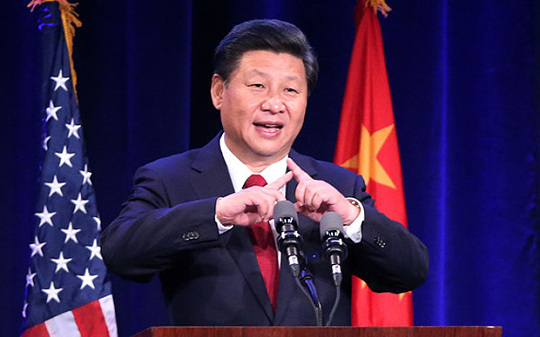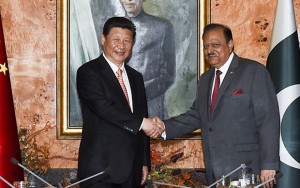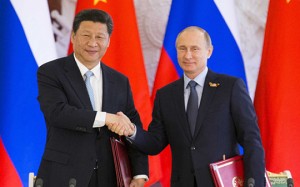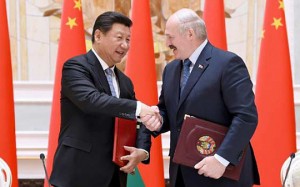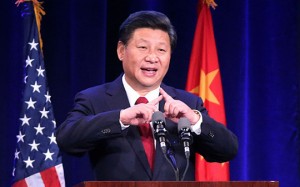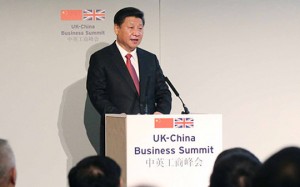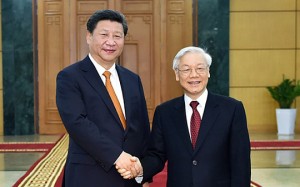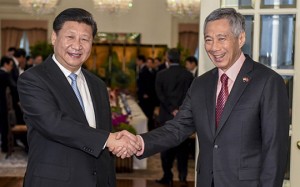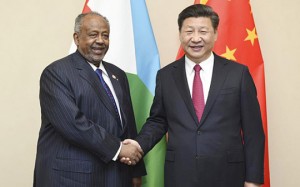2015 was a very busy year for President Xi Jinping with multiple trips abroad to build upon China’s foreign relations and the Belt and Road Initiative
One key task in China’s diplomatic efforts of 2015 was to promote the Belt and Road Initiative strategy. During President Xi Jinping’s overseas visits this year, countries and regions along the route were invited to participate in the Initiative. Agreements were signed and many major projects are already making steady progress.
20-21 April
President Xi called for the formulation of a strategic framework for bilateral practical cooperation, with the China-Pakistan Economic Corridor (CPEC) at the centre.
The CPEC is a 3,000km (1,864-mile) network of roads, railways and pipelines to transport oil and gas from southern Pakistan’s Gwadar Port to Kashgar city, northwestern China’s Xinjiang Uygur autonomous region.
Visits to Kazakhstan, Russia and Belarus
7-12 May
China-Kazakhstan
President Xi Jinping and his Kazakh counterpart agreed to step up cooperation over the trans-Eurasian mega project. Kazakh President Nursultan Nazarbayev said Kazakhstan is ready to become an important partner of China’s in building the Silk Road Economic Belt.
“We are ready to align the [China-proposed] Silk Road Economic Belt initiative to Kazakhstan’s new economic policy of the Bright Road, so as to achieve common development and prosperity on the basis of equality and reciprocity,” Xi said.
China-Russia
Two joint statements were signed by President Xi Jinping and his Russian counterpart Vladimir Putin as the two leaders agreed to bridge and integrate China’s Silk Road Economic Belt initiative with Russia’s aspiration under the Eurasian Economic Union (EAEU) framework.
China and Russia will expand opening up to each other, link their development strategies and deepen integration, Xi said.
China-Belarus
President Xi Jinping and his Belarusian counterpart President Alexander Lukashenko pledged to combine strategies of development and boost the comprehensive strategic partnership between their countries.
Xi suggested the two sides should combine their development strategies and work together to build the Silk Road Economic Belt, emphasising the significance of the China-Belarus Industrial Park.
Visit to the US
22-25 September
“The Belt and Road Initiative is open and inclusive. We welcome participation of the US and other countries and international organizations,” Xi said.
Visit to the UK
19-23 October
Xi described the China-proposed Belt and Road Initiative as an open, diversified and win-win project poised to bring huge opportunities for the development of China and many other countries.
China and Britain expressed their strong interest in cooperating on each other’s major initiatives, namely China’s Belt and Road Initiative and Britain’s National Infrastructure Plan and the Northern Powerhouse programme, and agreed to discuss further a “China-UK infrastructure alliance”.
China-Vietnam
The two countries have reached consensus on expanding cooperation within the framework of China’s Belt and Road Initiative and Vietnam’s Two Corridors and One Economic Circle plan, as well as on enhancing production capacity cooperation, said Xi.
China-Singapore
China and Singapore should expand cooperation in economy, trade and investment, and actively explore modes of cooperation between the two countries’ enterprises in a third market within the framework of the Belt and Road Initiative, Xi said.
China’s neighbouring countries are the primary cooperation partners under the Belt and Road Initiative and should be the first to enjoy the benefits of it, he said.
Visit to South Africa
2-3 December
Xi expressed China’s willingness to strengthen economic ties with the African countries in areas such as investment and finance, infrastructure construction, manufacture, agriculture, production capacity and healthcare, as well as cooperation under the framework of the Belt and Road Initiative.
At a meeting with Djibouti President Ismail Omar Guelleh, Xi said China welcomes Djibouti’s participation in developing the Beijing-proposed 21st-century Maritime Silk Road in proper ways.
Courtesy: The Telegraph

